Henll big bag vacuum sealer(HTFZ-50H) Technical Specification
Project | Classification |
| Equipment Dimensions | 740*760*1475mm |
| Bag Dimensions | 580*800mm Max |
| Max Heat Sealing Length | 600mm |
| Main Body Materia | SUS 304/316L |
| Production Rate | 1min/bag |
| Power | 2.75kw 380v 50hz |
| Weight | 230kg |
| Vacuum Degree | -60kpa |
What problems can the big bag vacuum sealer solve for you?
1
Issues related to product storage
Moisture and mold prevention
Extend Shelf Life
Prevent Contamination
Improve Storage Efficiency
Save Space
2
Addressing issues related to product transportation
Prevent Leakage and Contamination
Improve Transportation Efficiency
Prevent Moisture Ingress
Reduce Risk of Damage
3
Product sales issues
Enhance product appeal
Adapt to diverse market demands
Reduce return rates
Improve brand image
4
Solve problems in product production and processing
Increase production efficiency
Ensure product quality
Reduce waste
Improve working environment
Meet hygiene standards
Henll big bag vacuum sealer HTFZ-50 (5-50KG ) application scenarios
Our products are widely used in various industries such as new energy, chemicals, pharmaceuticals, food, fertilizers, feed, and grain. By empowering traditional industries with modern technology, we have significantly improved the automation level and overall efficiency of packaging lines.
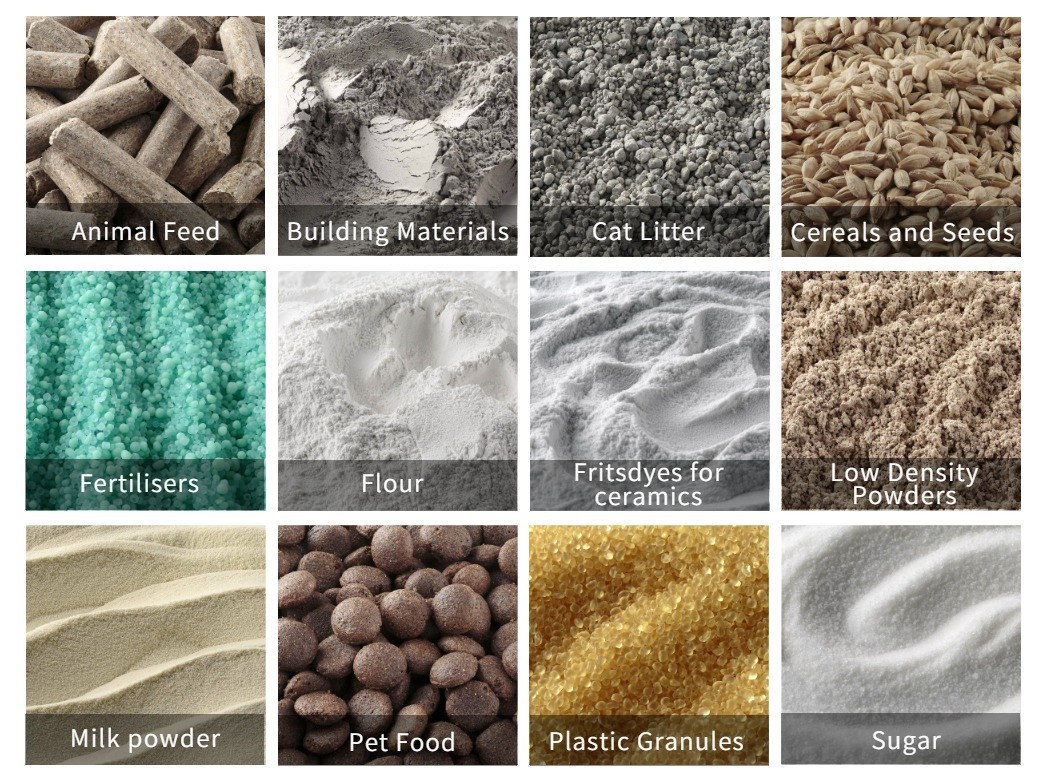
Henll big bag vacuum sealer HTFZ-50 (5-50KG ) packaging effect
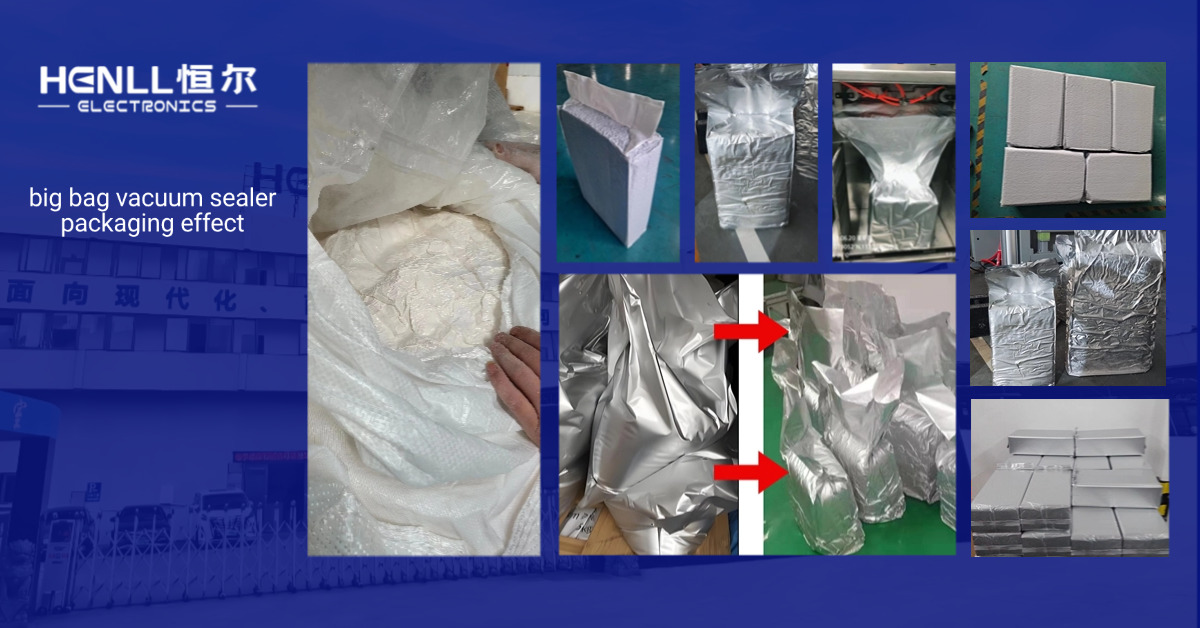
Henll big bag vacuum sealer HTFZ-50 (5-50KG ) Some customers
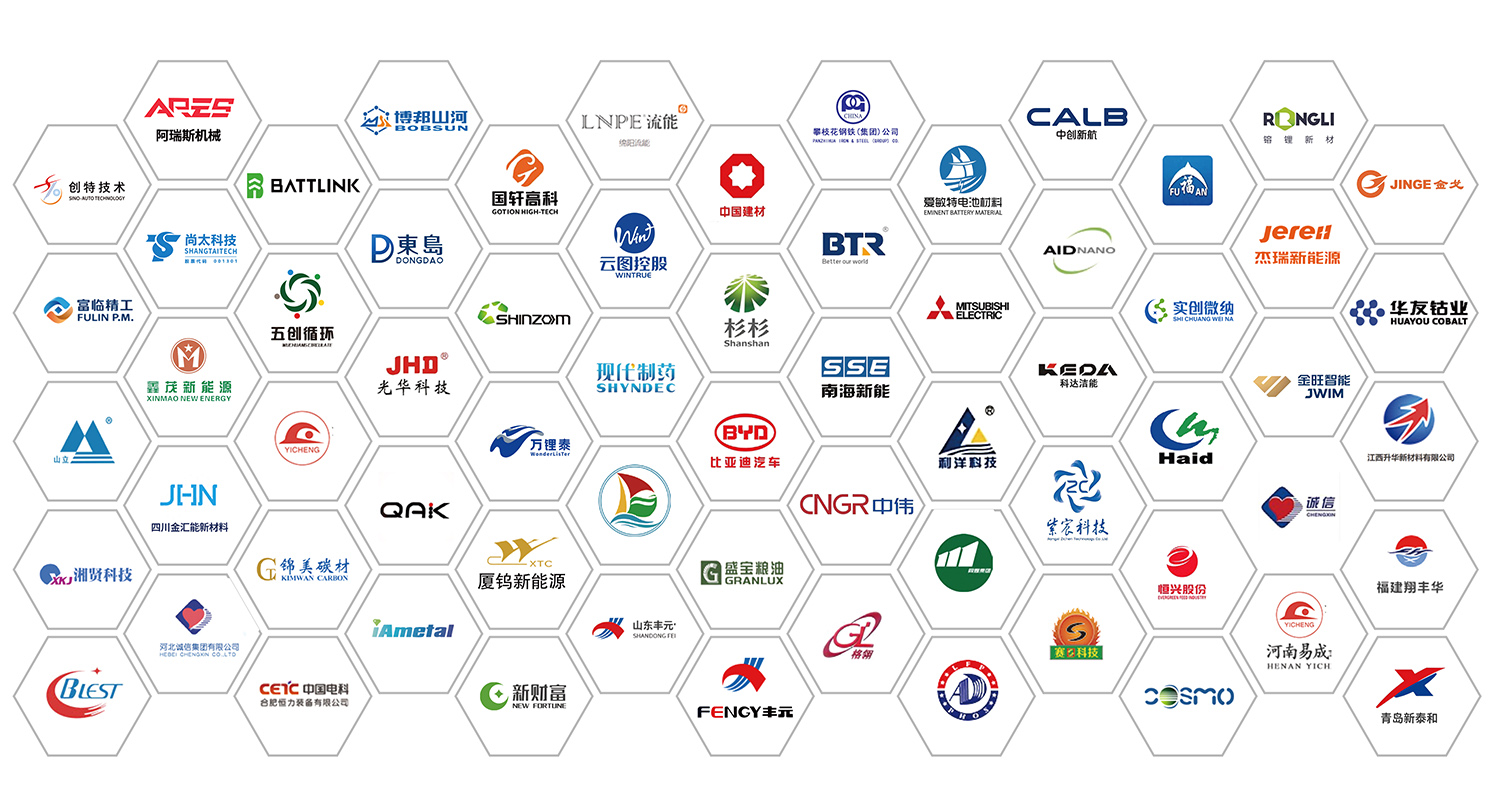
Henll factory environment
The Henll factory building covers an area of 26,200 square meters; There are 17 CNC production centers;There are 2 laser equipment.;There are 73 senior technical engineers.
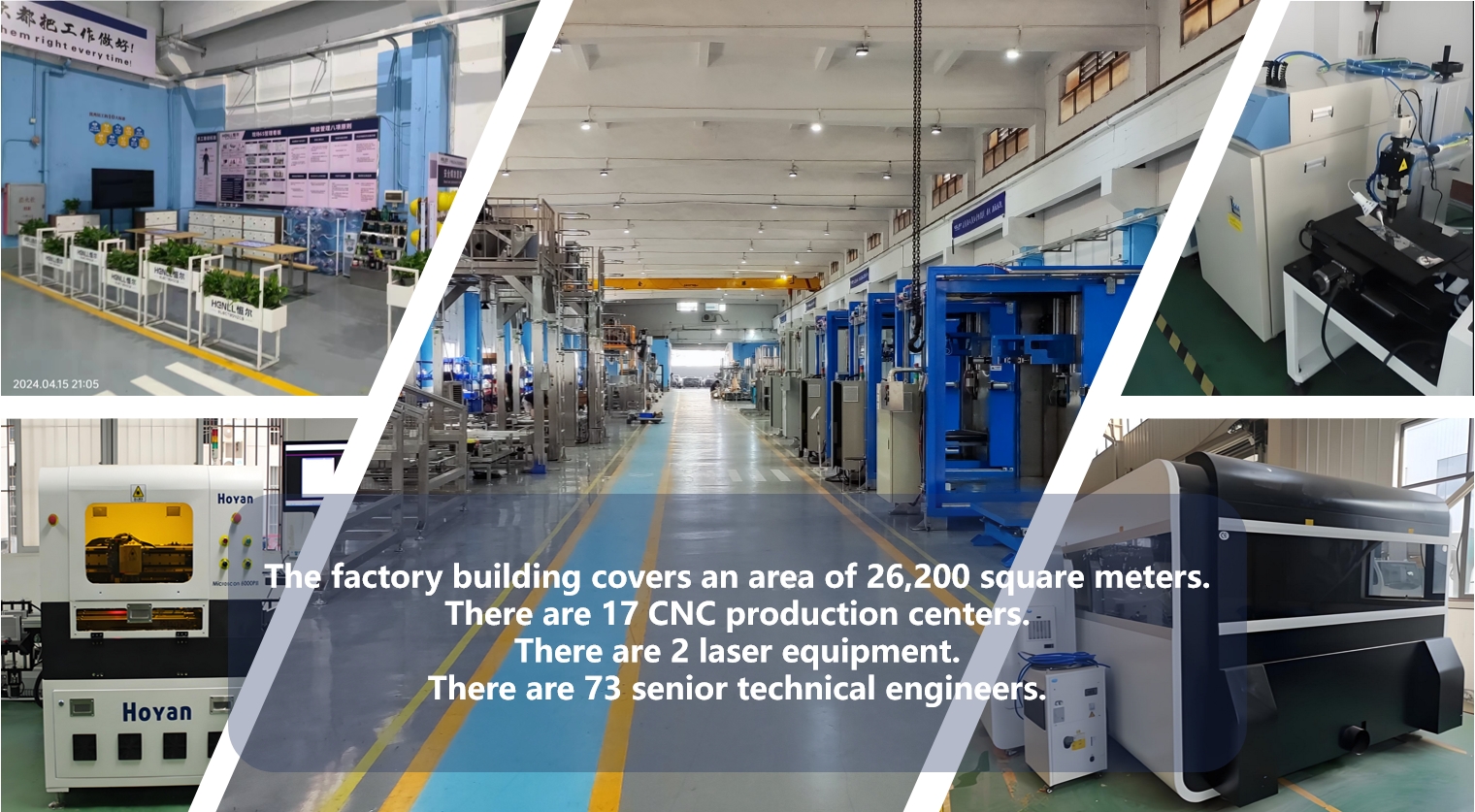
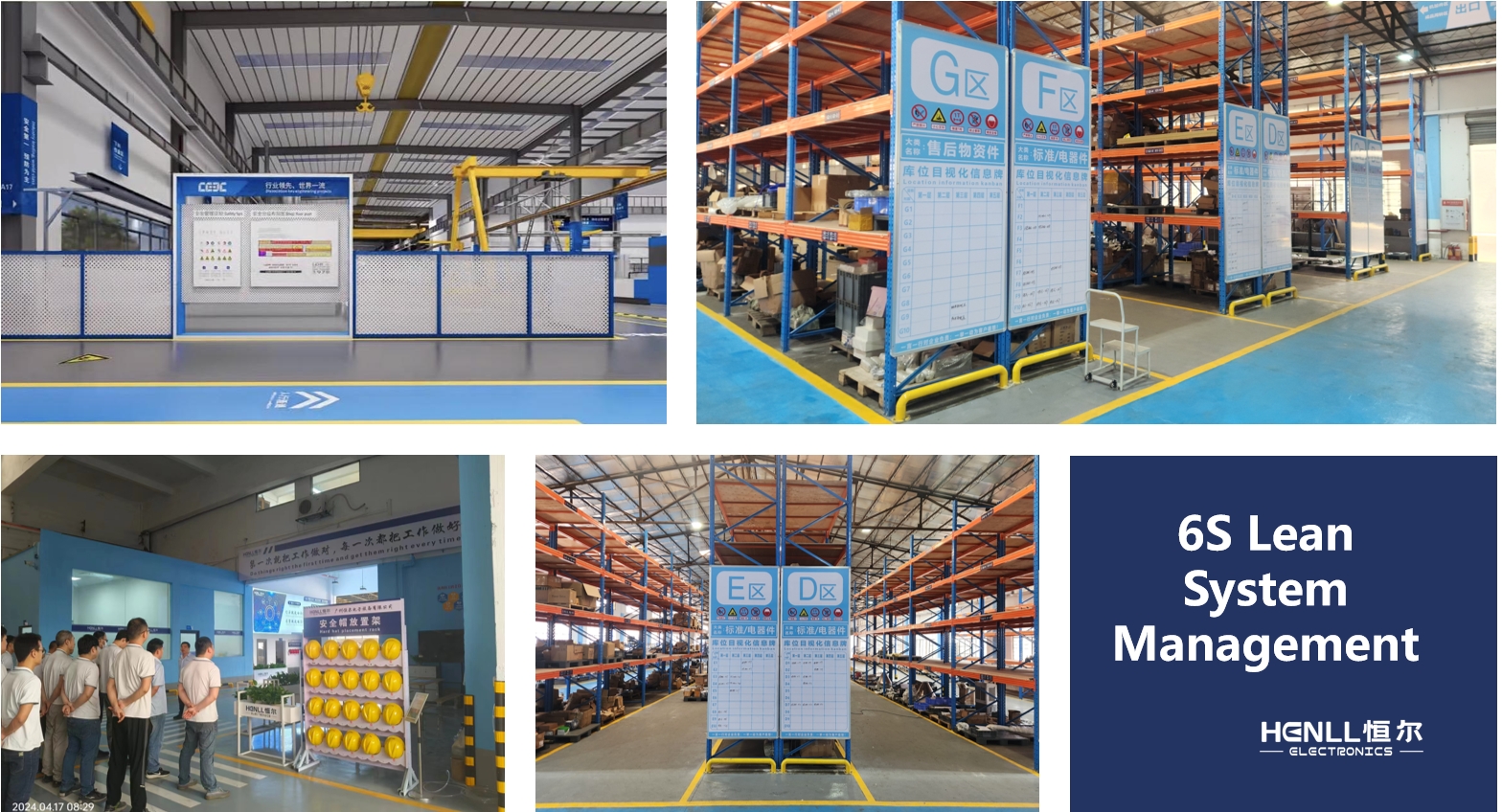
Big bag vacuum sealer F&Q
F: What is the primary use of a big bag vacuum sealing machine?
Q: The main purpose of a big bag vacuum sealing machine is to vacuum and seal big-sized packaging bags (such as ton bags). This equipment is widely used in industries such as food, chemicals, and pharmaceuticals to ensure that products remain dry and clean during storage and transportation, extend shelf life, and prevent contamination.
F: What are the obvious advantages of using a big bag vacuum sealing machine?
Q: The primary benefits of using a big bag vacuum sealing machine include increased production efficiency, guaranteed seal quality, reduced labor costs, improved product freshness, and enhanced market competitiveness. Additionally, this device can effectively reduce material loss and ensure environmental cleanliness and safety.
F: How do I choose the right big bag vacuum sealing machine?
Q: When selecting the appropriate big bag vacuum sealing machine, consider the following factors: First, choose a machine based on the size and type of large bags you need to process; second, evaluate whether the vacuum capacity and sealing strength meet your production requirements; next, consider the ease of operation and safety of the equipment; finally, understand the after-sales service and technical support provided by the manufacturer.
F: What is the operating procedure for a big bag vacuum sealing machine?
Q: The standard operating procedure for a big bag vacuum sealing machine typically includes the following steps: First, place the big bag to be sealed on the machine's worktable; then, set the appropriate vacuum time and sealing temperature; next, start the machine for automatic vacuuming and sealing operations; finally, check the seal quality and make necessary adjustments. Throughout the process, operators must follow the equipment instructions and safety regulations.
F: What maintenance considerations should be taken into account for a big bag vacuum sealing machine?
Q: To ensure the long-term stable operation of a big bag vacuum sealing machine, regular maintenance is essential. This mainly includes: regularly checking the oil level of the vacuum pump and replacing the vacuum pump oil; cleaning the hot sealing bar to ensure no residue remains on its surface; inspecting electrical connections and control systems for normalcy; lubricating and replacing worn parts as recommended by the manufacturer; finally, recording detailed information about each maintenance session to track the equipment status and prevent potential faults.